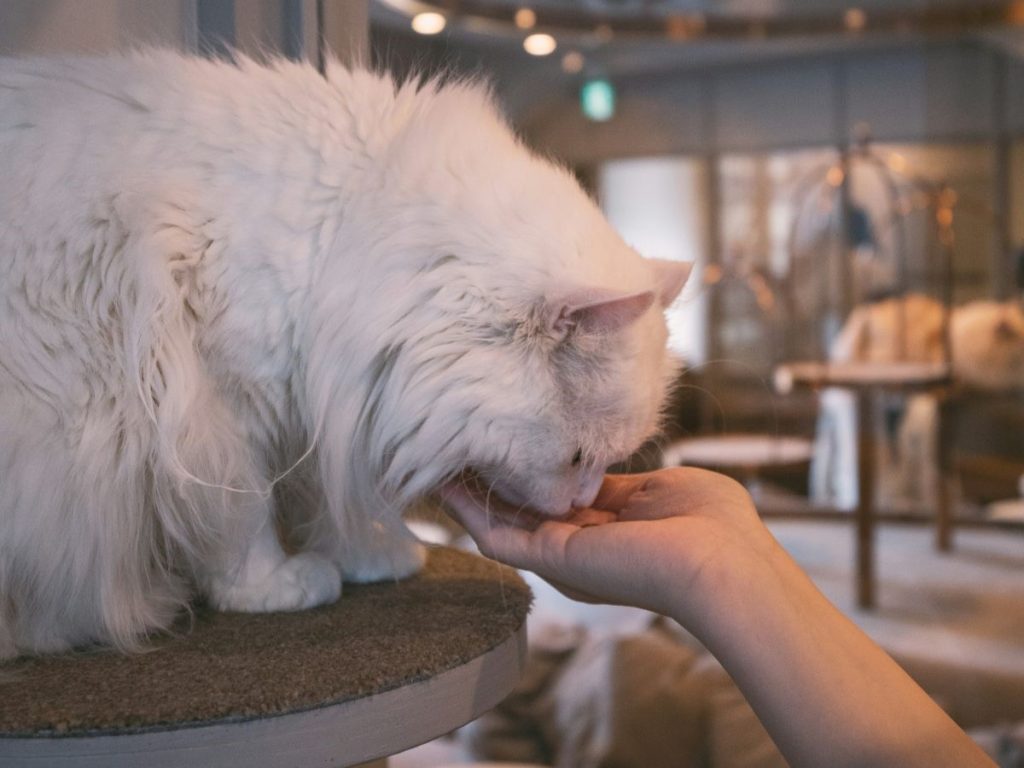The rise in cafe culture provides spaces to unwind, relax, and socialize among friends and strangers. Coined by Ray Oldenburg, the “third place” is a meeting ground where people can connect, grow, and foster community. With hundreds of independent cafes fighting for survival, choosing a cafe as your own third place can be the next strategy for individual growth.
This article contains affiliate links and does not earn commission.
Creating a Safe and Comfortable Environment
One of the most critical aspects of establishing a successful third place is ensuring it is safe and comfortable. The layout and decor play a significant role in promoting a sense of security and relaxation. Ideally, the decor should be warm and inviting, with comfortable seating that encourages patrons to stay for extended periods. Soft lighting, cozy nooks, and a variety of seating options—from plush armchairs to communal tables—can cater to different needs and preferences. The goal is to create an environment where people feel at ease, whether they are alone, in pairs, or in groups.
Embrace the Broader Coffee Culture
To create a third place that appeals to a wide audience, it’s essential to consider the broader coffee culture. Historic cafes in Vienna and Eastern Europe offer valuable insights. These establishments were not just about serving coffee but also about providing a welcoming atmosphere where people could enjoy drinks and pastries. The drinks were varied, often including tea, hot chocolate, and other beverages, highlighting the appeal of cafe culture beyond just coffee.
Modern cafes can learn from this by offering a range of natural flavorings, such as those from Trilogy Flavors, and alternative drinks, such as turmeric lattes, matcha lattes, and hot chocolates. This inclusivity ensures that even those who do not drink coffee can find something enjoyable, making the cafe a more accessible and welcoming third place for all.

Choose Your Vibe
Finding a unique vibe that suits you is crucial for a cafe to become a beloved third place. Here are some popular themes to consider:
- Cat Cafes: These cafes offer the unique experience of enjoying a drink while interacting with friendly cats, providing both comfort and companionship.
- 19th Century Grandiose Cafes: With luxurious decor and a touch of historical elegance, these cafes create a feeling of stepping back in time. They often feature chandeliers, ornate furnishings, and a sophisticated atmosphere.
- Industrial Vibes: Characterized by exposed brick, metal fixtures, and minimalist furniture, industrial cafes offer a modern, edgy appeal.
- Graffiti and Bold Colors: These cafes are vibrant and energetic, often featuring local art and graffiti, creating a lively and creative atmosphere.
- 70s Vibes: With retro decor, bold patterns, and nostalgic elements, these cafes provide a fun and playful environment.
Sticking to a specific vibe not only defines the character of the cafe but also attracts social media buzz. People are drawn to unique experiences that they can share on social media, creating free advertising and a strong community following. The chosen vibe becomes part of the cafe’s identity, making it a distinctive third place where patrons feel a sense of belonging.
Creating a cafe that serves as an ideal third place involves more than just brewing good coffee. It requires a thoughtful approach to design, inclusivity, and atmosphere. These third places become essential havens where people can unwind, socialize, and grow, enriching the cultural fabric of our society.
Header: Ece Gökçer
About the Author
You may also like
-
Lattes & Confessions: Why Cafes Are the New Third Place
-
6 Social Clubs for Black Professionals to Hang Out, Network, and Enjoy Their Free Time
-
Easy Activities to Bond with Loved Ones Around the Holidays
-
Identifying Corporate Sustainability You Can Actually Trust
-
Live Your Life: Big and Small Changes That Can Make a New Normal

